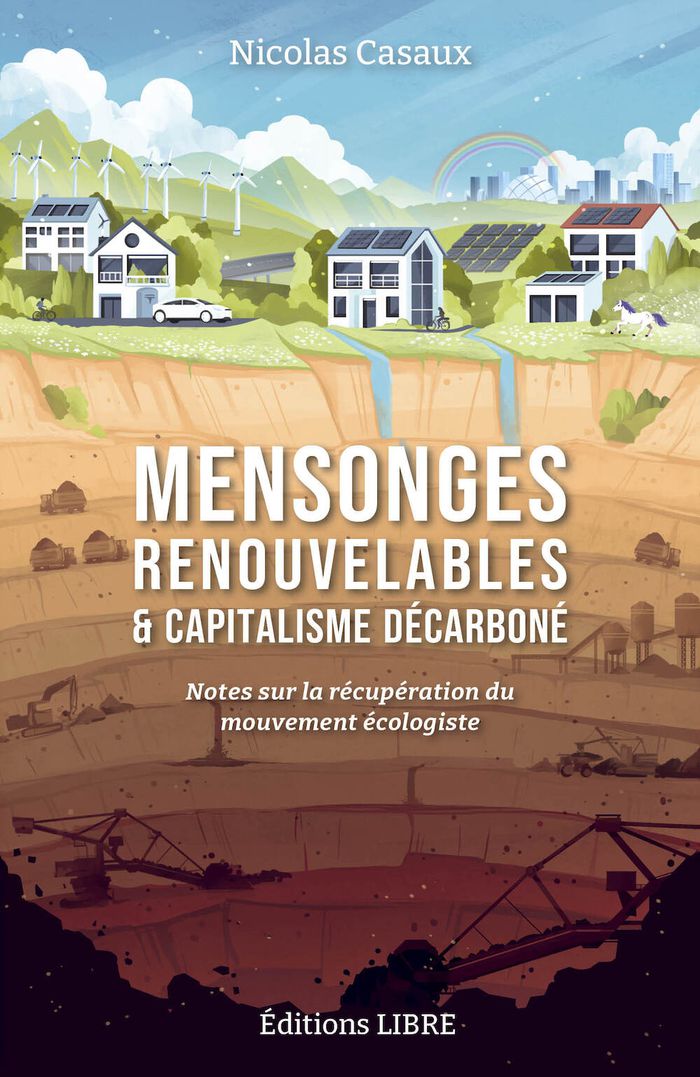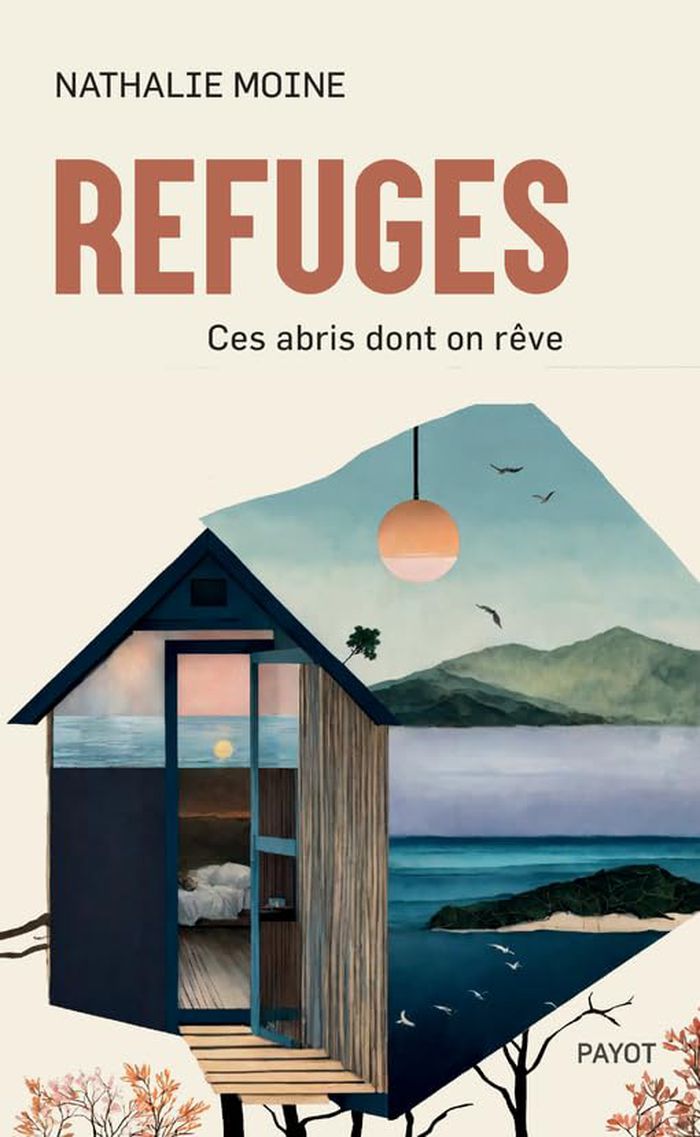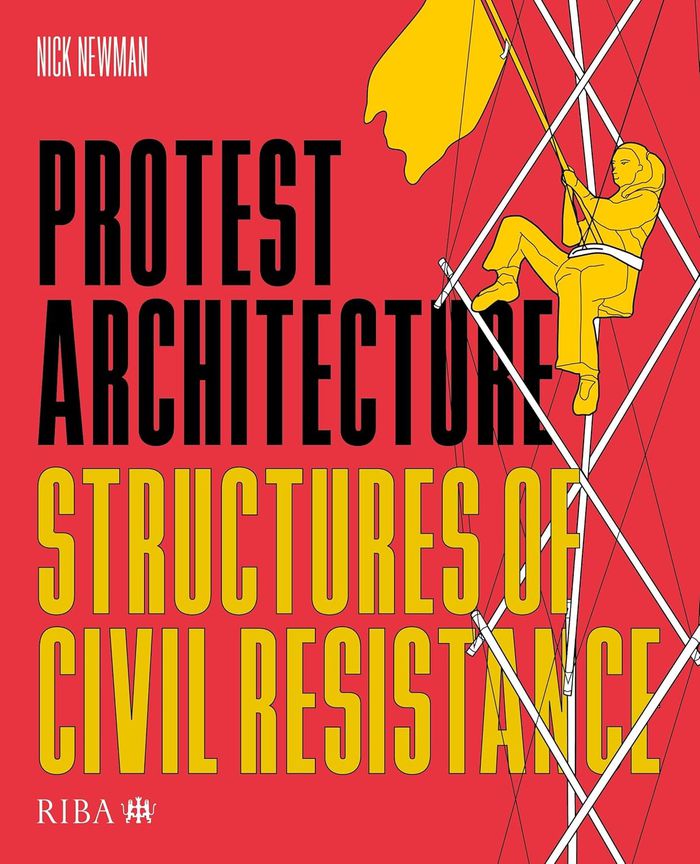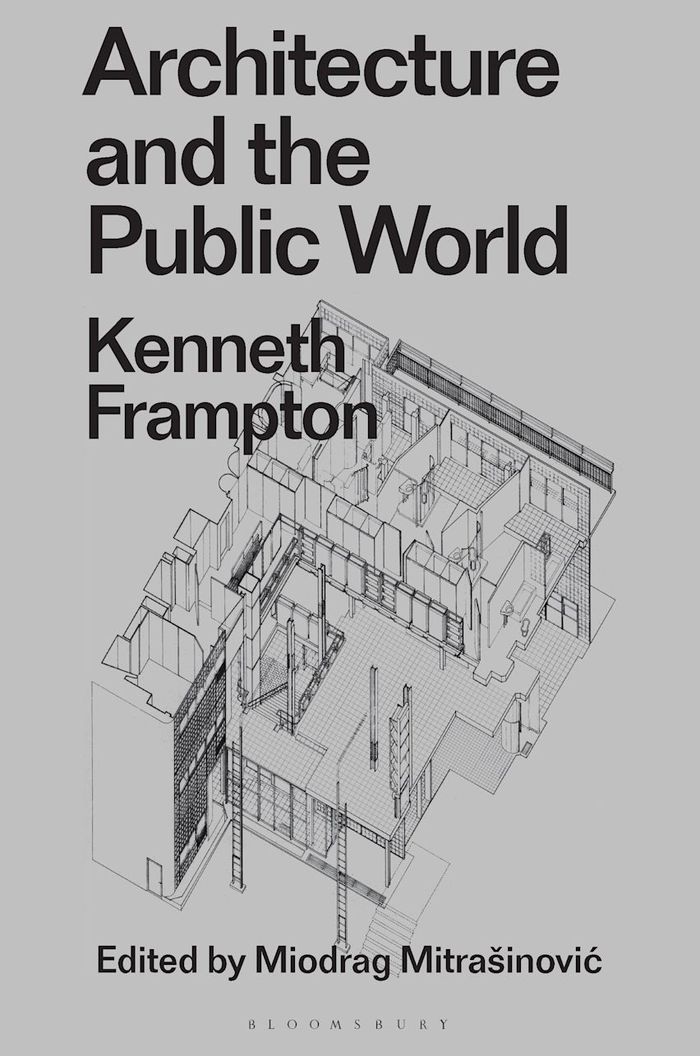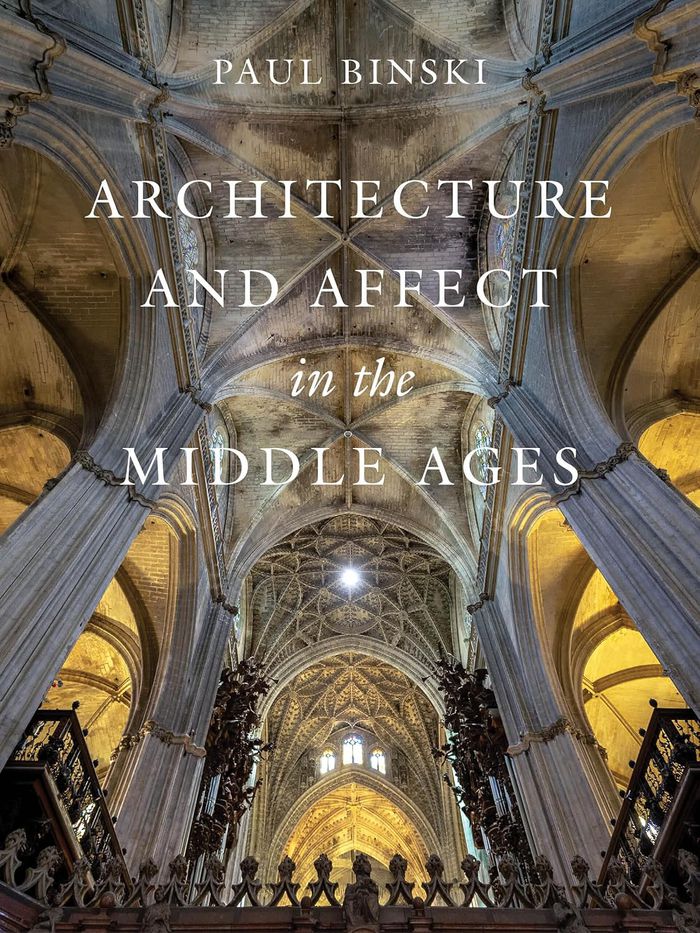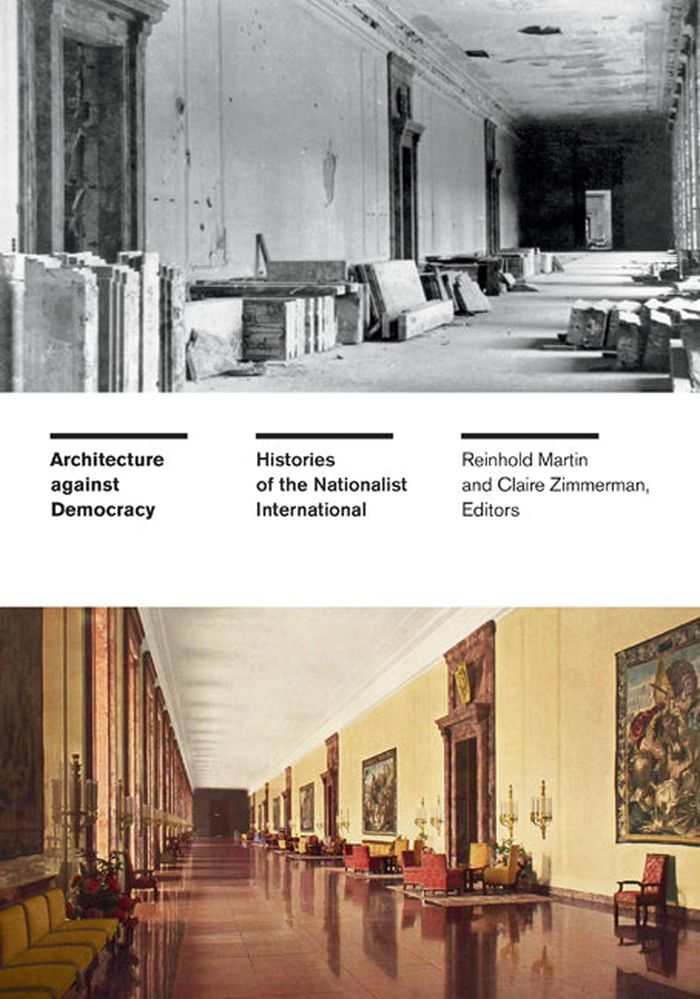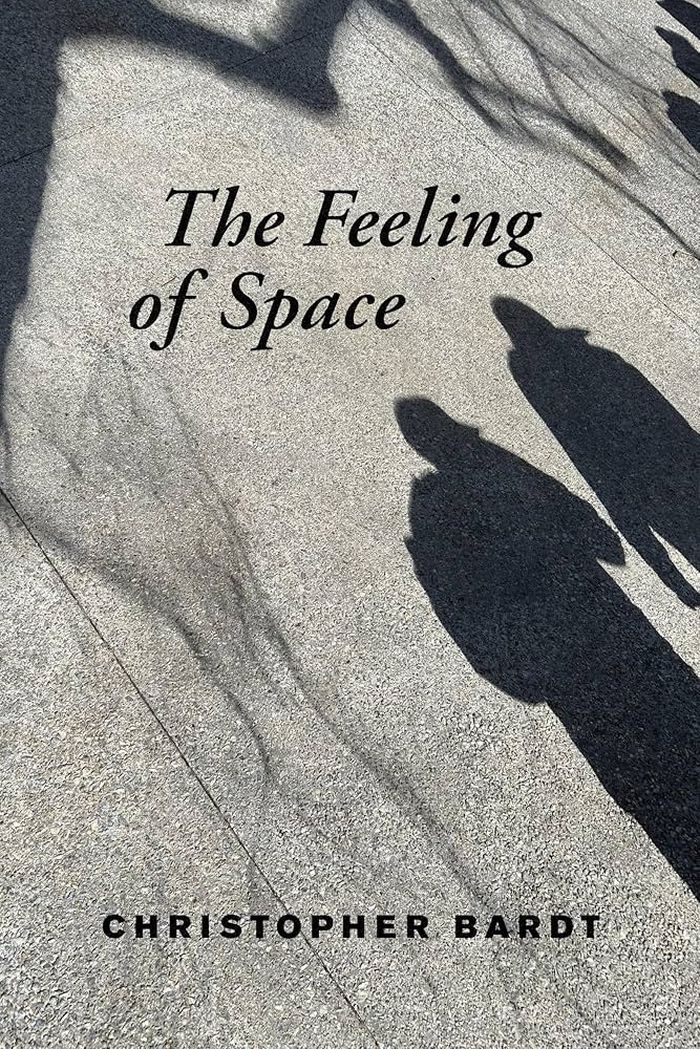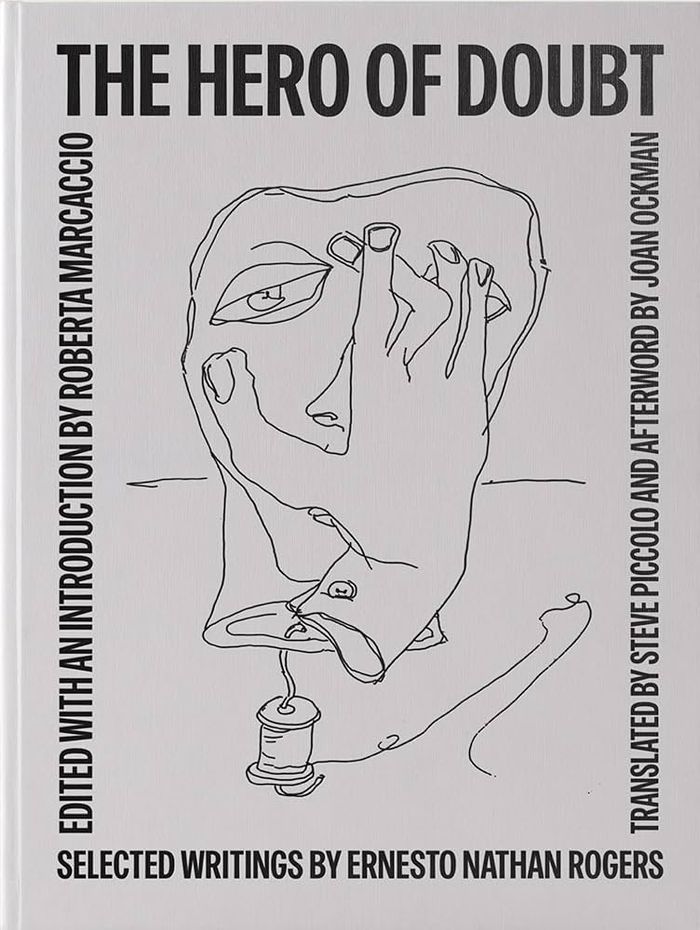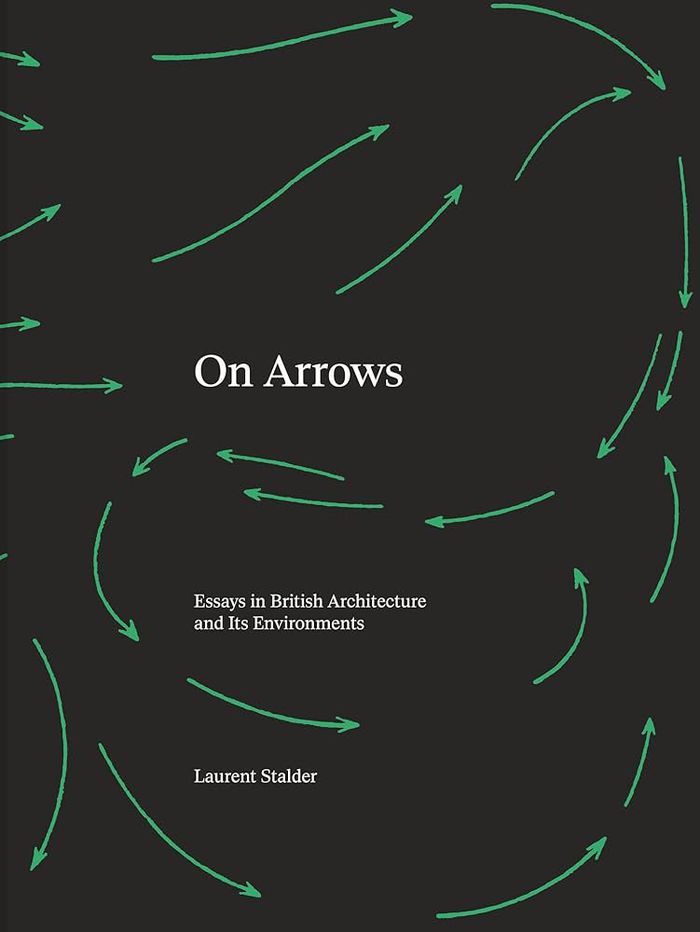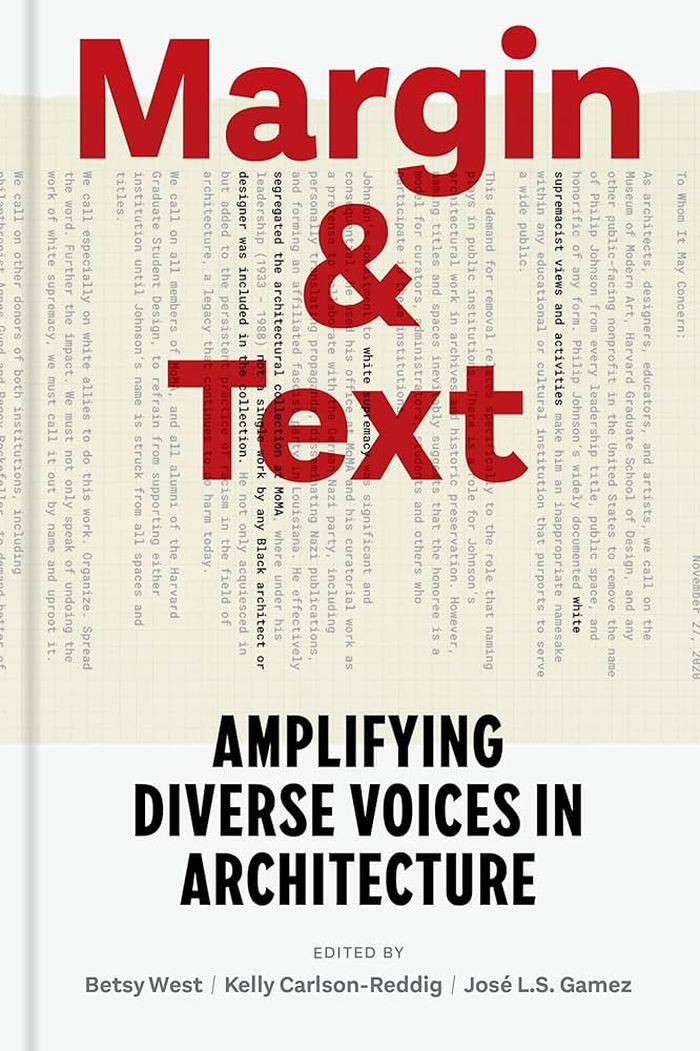$33.95
(disponible sur commande)
Résumé:
« Décarbonation de l'économie », « énergies renouvelables », « transition écologique », etc., le discours des principales associations, ONG et personnalités du « mouvement climat », de Cyril Dion à Bon Pote, rejoint en grande partie celui des entreprises et des États, de plus en plus nombreux à promettre d'atteindre la « neutralité carbone » d'ici 2030 ou 2050. Dans les(...)
Mensonges renouvelables & capitalisme décarboné
Actions:
Prix:
$33.95
(disponible sur commande)
Résumé:
« Décarbonation de l'économie », « énergies renouvelables », « transition écologique », etc., le discours des principales associations, ONG et personnalités du « mouvement climat », de Cyril Dion à Bon Pote, rejoint en grande partie celui des entreprises et des États, de plus en plus nombreux à promettre d'atteindre la « neutralité carbone » d'ici 2030 ou 2050. Dans les faits, le désastre écologique continue imperturbablement, et est même aggravé par l'extractivisme nécessaire au développement des énergies dites « renouvelables » et des technologies dites « propres » ou « vertes » en général. Comment en sommes-nous arrivés là? Et comment retrouver un mouvement écologiste digne de ce nom?
Théorie de l’architecture
$29.95
(disponible sur commande)
Résumé:
De la grotte au repaire de brigands, de la "chambre à soi" de Virginia Woolf à la cabane dans les bois de Thoreau, de notre jardin à notre lit, cet essai explore les abris auxquels nous rêvons et qui nous font rêver. Aspiration au retrait autant qu'appel à s'ouvrir, nos refuges sont des chrysalides : ils donnent forme à notre imaginaire. Parce qu'elle échappe à(...)
Refuges : Une poétque de l'abri
Actions:
Prix:
$29.95
(disponible sur commande)
Résumé:
De la grotte au repaire de brigands, de la "chambre à soi" de Virginia Woolf à la cabane dans les bois de Thoreau, de notre jardin à notre lit, cet essai explore les abris auxquels nous rêvons et qui nous font rêver. Aspiration au retrait autant qu'appel à s'ouvrir, nos refuges sont des chrysalides : ils donnent forme à notre imaginaire. Parce qu'elle échappe à l'injonction de transparence, la part de nous qui s'y loge est le berceau de notre intime création. Trouver son refuge c'est inventer un espace pour raconter son histoire, comme les enfants construisent leur cabane pour échafauder de nouveaux mondes.
Théorie de l’architecture
$68.50
(disponible en magasin)
Résumé:
A complex bamboo pyramid to block a busy crossing in London. A maze of 'mini Stonehenge' brick structures to hinder government crackdowns in Hong Kong. The takeover of a Dallas highway to create a temporary public square. Architects have often used their skills in struggles for civil rights, gender equality and climate justice. Illuminating the role that design has played(...)
Protest architecture: Structures of civil resistance
Actions:
Prix:
$68.50
(disponible en magasin)
Résumé:
A complex bamboo pyramid to block a busy crossing in London. A maze of 'mini Stonehenge' brick structures to hinder government crackdowns in Hong Kong. The takeover of a Dallas highway to create a temporary public square. Architects have often used their skills in struggles for civil rights, gender equality and climate justice. Illuminating the role that design has played in protest movements, Nick Newman explores the colliding worlds of architecture and activism through the stories of those who have built for change. Using historic and contemporary examples, Protest Architecture analyses the design problems and solutions faced by protestors on the streets through detailed drawings, photography and expert insight. From beacons to barricades, towers to treehouses, this unique design typology demonstrates architectural influence over moments of societal change. This is a retelling of protest history through the eyes of an architect.
Théorie de l’architecture
$52.50
(disponible en magasin)
Résumé:
This book brings together Kenneth Frampton's essays from the 1960s to today which epitomize his reflections on the historical–theoretical entanglements of architecture with place, the public realm, cultural identity, urban landscape and environment, and the political question of the “predicament” of architecture in the new Millennium. The essays explore Frampton's(...)
Théorie de l’architecture
juillet 2024
Architecture and the public world
Actions:
Prix:
$52.50
(disponible en magasin)
Résumé:
This book brings together Kenneth Frampton's essays from the 1960s to today which epitomize his reflections on the historical–theoretical entanglements of architecture with place, the public realm, cultural identity, urban landscape and environment, and the political question of the “predicament” of architecture in the new Millennium. The essays explore Frampton's contention that architecture's imperative is to assume a significant responsibility for the edification and stewardship of the Arendtian ''public world.'' One of the most theoretically sophisticated and politically committed architectural thinkers, Frampton's work breaks emphatically with the limits and norms of much contemporary practice and restores a sense of richness and social consequence of architecture's 'unfinished project,' while offering abiding lessons not only for architecture but for social, cultural, and design criticism alike.
Théorie de l’architecture
$68.00
(disponible sur commande)
Résumé:
How did people living in the Middle Ages respond to spectacular buildings, such as the Gothic cathedrals? While contemporary scholarship places a large emphasis on the emotional content of Western medieval figurative art, the emotion of architecture has largely gone undiscussed. In a radical new approach, "Architecture and affect in the Middle Ages" explores the(...)
Architecture and affect in the Middle Ages
Actions:
Prix:
$68.00
(disponible sur commande)
Résumé:
How did people living in the Middle Ages respond to spectacular buildings, such as the Gothic cathedrals? While contemporary scholarship places a large emphasis on the emotional content of Western medieval figurative art, the emotion of architecture has largely gone undiscussed. In a radical new approach, "Architecture and affect in the Middle Ages" explores the relationship between medieval buildings and the complexity of experience they engendered. Paul Binski examines long-standing misconceptions about the way viewers responded to medieval architecture across Western Europe and in Byzantine and Arabic culture between late antiquity and the end of the medieval period. He emphasizes the importance of the experience itself within these built environments, essentially places of action, space, and structure but also, crucially, of sound and emotion.
Théorie de l’architecture
$48.99
(disponible sur commande)
Résumé:
Reinhold Martin and Claire Zimmerman bring together essays from an array of scholars exploring the troubled relationship between architecture and antidemocratic politics. Comprising detailed case studies throughout the world spanning from the early nineteenth century to the present, "Architecture against Democracy" analyzes crucial occasions when the built environment has(...)
Architecture against democracy: histories of the nationalist international
Actions:
Prix:
$48.99
(disponible sur commande)
Résumé:
Reinhold Martin and Claire Zimmerman bring together essays from an array of scholars exploring the troubled relationship between architecture and antidemocratic politics. Comprising detailed case studies throughout the world spanning from the early nineteenth century to the present, "Architecture against Democracy" analyzes crucial occasions when the built environment has been harnessed as an instrument of authoritarian power. Alongside chapters focusing on paradigmatic episodes from twentieth-century German and Italian fascism, the contributors examine historic and contemporary events and subjects that are organized thematically, including the founding of the Smithsonian Institution, Ellis Island infrastructure, the aftermath of the Paris Commune, Cold War West Germany and Iraq, Frank Lloyd Wright’s domestic architecture, and Istanbul’s Taksim Square. Through the range and depth of these accounts, "Architecture against Democracy" presents a selective overview of antidemocratic processes as they unfold in the built environment throughout Western modernity, offering an architectural history of the recent "nationalist international."
Théorie de l’architecture
The feeling of space
$79.00
(disponible en magasin)
Résumé:
Place is something real, but space is generally conceived as abstract and immaterial. In ''The Feeling of Space'', Christopher Bardt explores this damaging modern binary and traces the contradictory impulses that have dematerialized our sense of space through history: fear and wonder; a yearning for the infinite and the intimate; and the need for autonomy and for(...)
The feeling of space
Actions:
Prix:
$79.00
(disponible en magasin)
Résumé:
Place is something real, but space is generally conceived as abstract and immaterial. In ''The Feeling of Space'', Christopher Bardt explores this damaging modern binary and traces the contradictory impulses that have dematerialized our sense of space through history: fear and wonder; a yearning for the infinite and the intimate; and the need for autonomy and for belonging. Using rich illustrations and examinations of art, technology, and philosophy, Bardt argues that if we can get back to first feeling space, then we can treat space as the substance that gives agency to our intersubjectivity—our exchange of conscious and unconscious thoughts.
Théorie de l’architecture
$66.00
(disponible en magasin)
Résumé:
The first English anthology of the writings of the British-Italian architect, editor, critic, and educator Ernesto Rogers (1909–1969), ''The Hero of Doubt'' showcases the intellectual power and scope of one of the most influential yet, paradoxically, unrecognized exponents of the modern movement in Europe. These essays, edited by Roberta Marcaccio and newly translated(...)
Théorie de l’architecture
janvier 2025
The hero of doubt: selected writings of Ernesto Nathan Rogers
Actions:
Prix:
$66.00
(disponible en magasin)
Résumé:
The first English anthology of the writings of the British-Italian architect, editor, critic, and educator Ernesto Rogers (1909–1969), ''The Hero of Doubt'' showcases the intellectual power and scope of one of the most influential yet, paradoxically, unrecognized exponents of the modern movement in Europe. These essays, edited by Roberta Marcaccio and newly translated from the Italian, reveal how, more than any other architect of the twentieth century, Rogers positioned himself as a mediator between the heroic generation of the modern masters and the younger intellectuals who went on to shape the contextualist turns of architectural postmodernism in the 1970s.
Théorie de l’architecture
$60.00
(disponible en magasin)
Résumé:
In the 1950s, the figure of the arrow had a strange kind of ubiquity in architectural drawings, publications, and advertisements, symbolizing everything from the circulation of cold and warm air in a kitchen fridge to the flow of traffic in assorted New Towns. Twenty-five years earlier there were barely any arrows within architectural publications, and 15 years later they(...)
On arrows: Essays in British architecture and its environments
Actions:
Prix:
$60.00
(disponible en magasin)
Résumé:
In the 1950s, the figure of the arrow had a strange kind of ubiquity in architectural drawings, publications, and advertisements, symbolizing everything from the circulation of cold and warm air in a kitchen fridge to the flow of traffic in assorted New Towns. Twenty-five years earlier there were barely any arrows within architectural publications, and 15 years later they had all but disappeared. In ''On Arrows'', Laurent Stalder looks back at the near past to trace the idea of performance in architecture by following this pervasive yet relatively unnoticed figure within the history of British architecture. During its short, intense period of use, the arrow pointed beyond any one singular author, typology, or scale, to the operative dimension of architecture and its environments, working both as an appropriate representational technique and a concrete tool for design. Stalder uses the arrow to move through the different dimensions of performance, mapping out the changing set of constellations that made up postwar British architecture and its environments: the constructive aspects, structural properties, infrastructural innovations, spatial challenges as well as their aesthetic and practical consequences. It is the arrow, he writes, that brings together debates from within different disciplines—from building physics, to sociology, structural design, and historiography, inscribed as they are in the materials, spaces, and buildings that are all too often considered in isolation from one another.
Théorie de l’architecture
$53.00
(disponible en magasin)
Résumé:
''Margin and Text'' is a collection of essays, interviews, and personal stories, as well as historical and current writings and lectures, contributed by BIPOC and female practitioners and educators in architecture. Each piece offers reflections on architecture's troubled past, commentary on its fluid present, and visions of possible futures, all set amid today's context(...)
Théorie de l’architecture
novembre 2024
Margin and text: Amplifying diverse voices in architecture
Actions:
Prix:
$53.00
(disponible en magasin)
Résumé:
''Margin and Text'' is a collection of essays, interviews, and personal stories, as well as historical and current writings and lectures, contributed by BIPOC and female practitioners and educators in architecture. Each piece offers reflections on architecture's troubled past, commentary on its fluid present, and visions of possible futures, all set amid today's context of broad social activism, divisive politics, and the devastating toll of the COVID-19 pandemic.
Théorie de l’architecture
